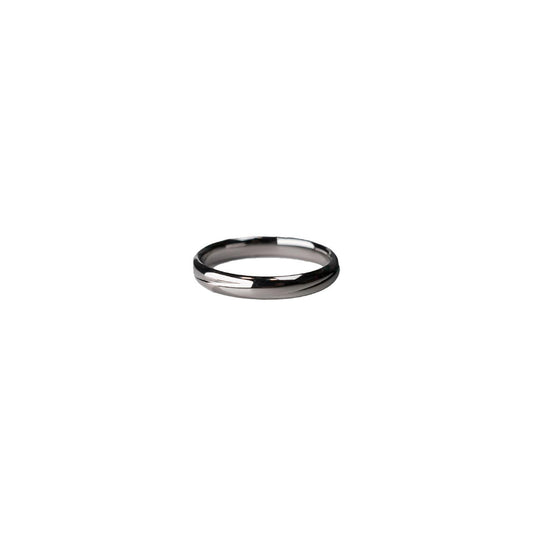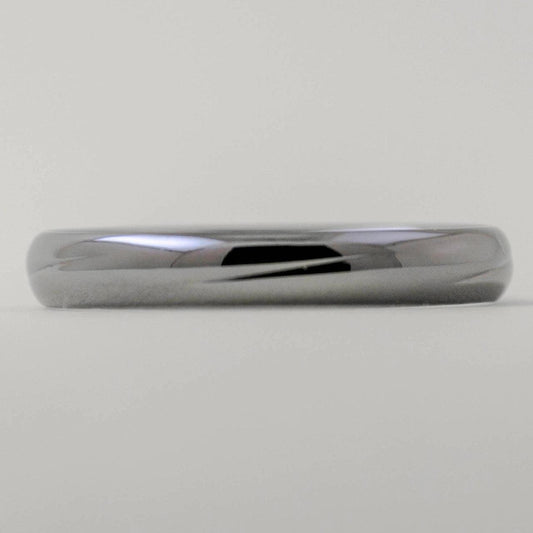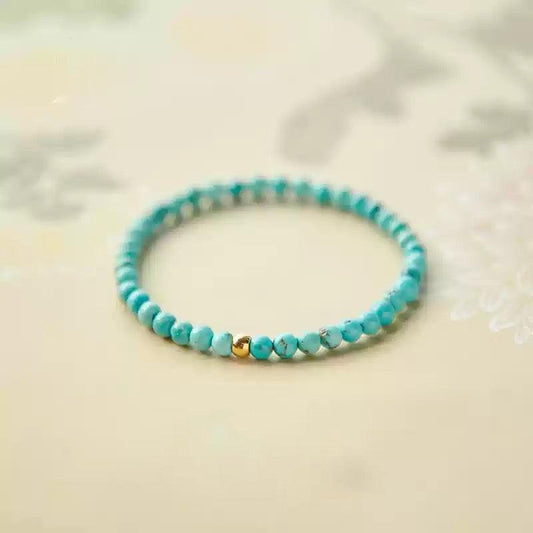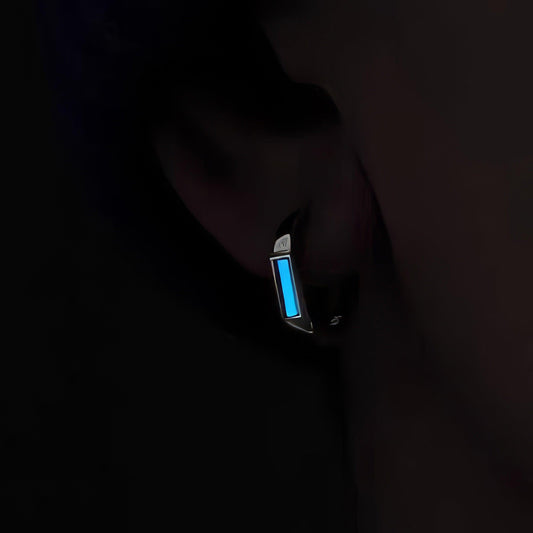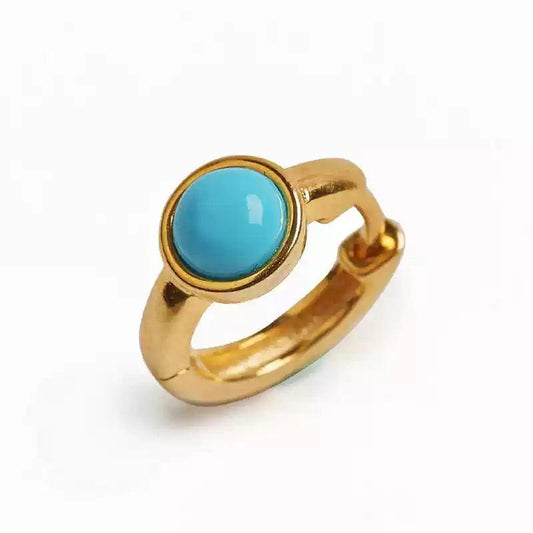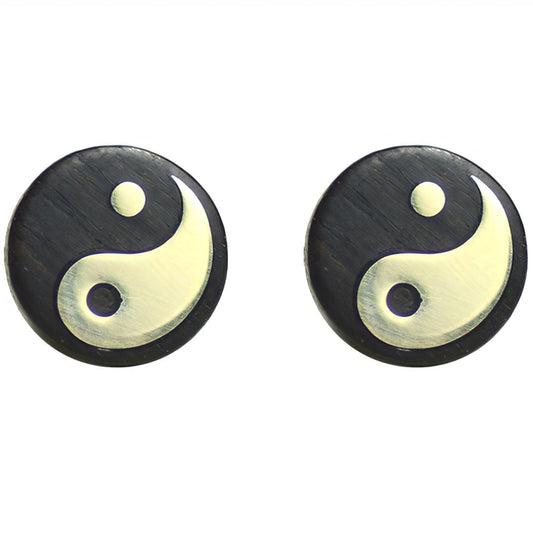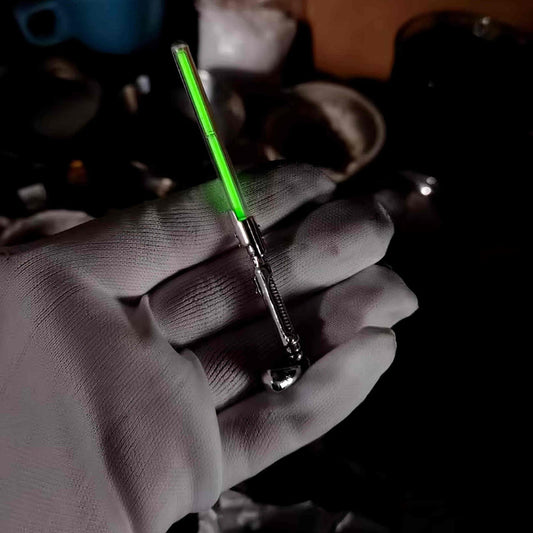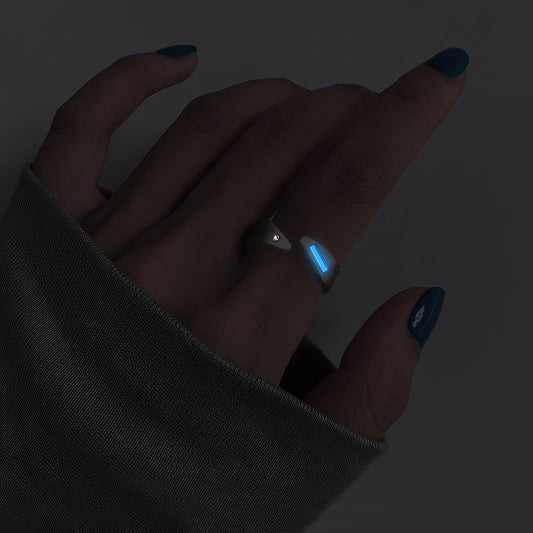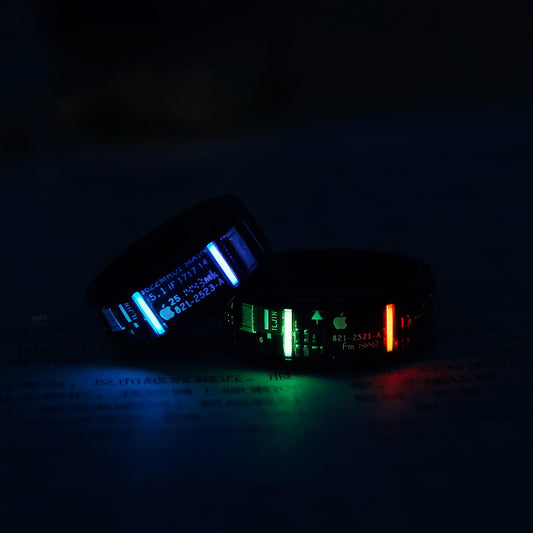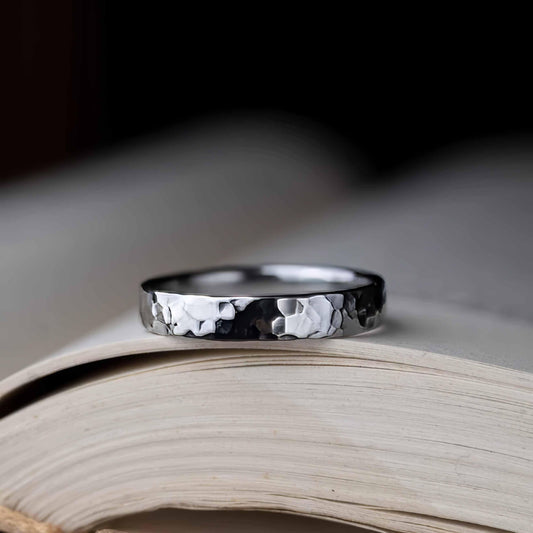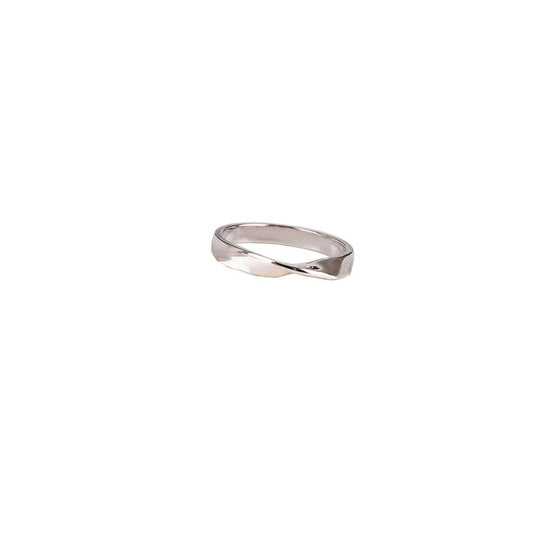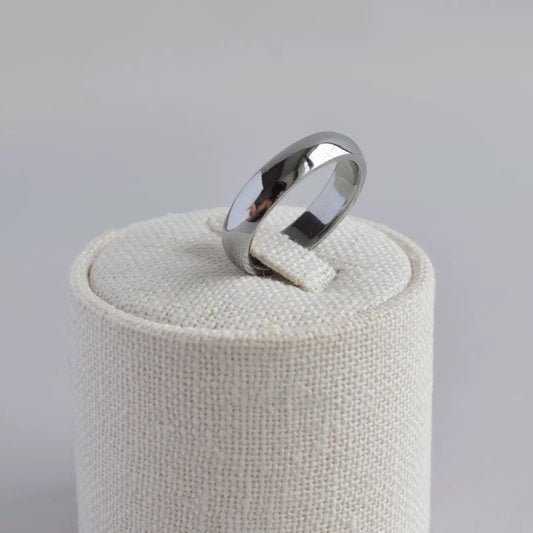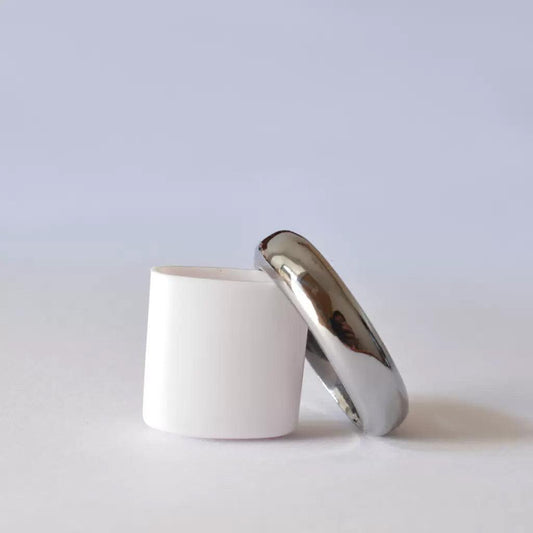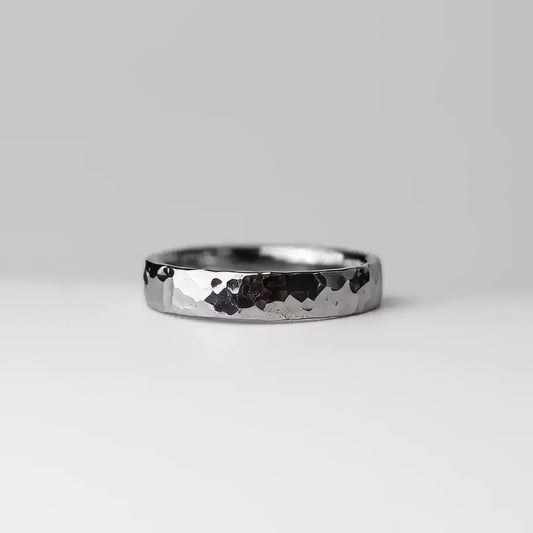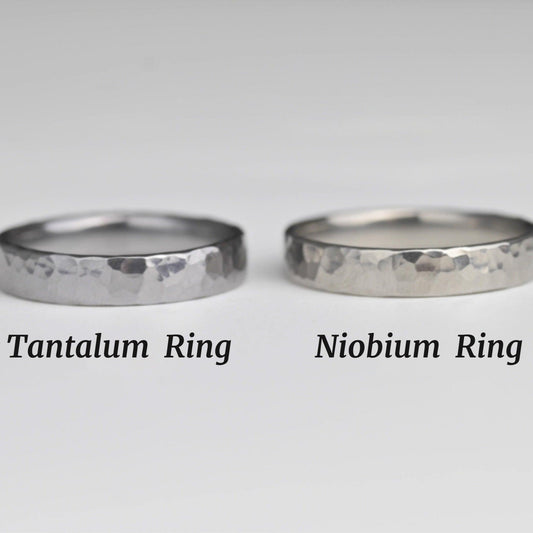Understanding the Smallest Ring Size A Journey Through Precision and Personalization
Understanding the Smallest Ring Size A Journey Through Precision and Personalization
Finding the perfect ring is much more than a simple transaction; it’s an intimate journey, especially when you're on the hunt for the perfect fit. The world of jewelry is filled with dazzling choices, but before style or gemstone comes sizing—a detail that can make or break your experience. This is especially true when considering the smallest ring size, an option crucial for those with petite fingers.
From my own dive into ring shopping for my little sister, who has what we fondly call "pixie hands," I discovered that small-ring sizing is both an art and a precision science. Her engagement ring journey was not straightforward from the get-go; nothing in the display cases seemed to fit. It was then that I realized the importance of understanding size nuances and what they mean for ring wearers with smaller digits.
In many Western sizing systems, rings are measured in half and whole numbers, often starting around size 3. But for those requiring the smallest ring size, options sometimes dip into the world of size 2 or even 1.5. These are not always available in-store, making customization a go-to solution. Jewelers specializing in bespoke creations often provide options down to these smaller numbers, ensuring a snug and comfortable fit that doesn't spin around the finger or slip off entirely.
Considering materials is another essential aspect when seeking the smallest ring size. Rings made from softer metals like gold or silver can be adjusted more easily, offering a degree of flexibility if you land between sizes. Titanium, while durable and sleek, presents more of a challenge for resizing but can offer an excellent long-term fit if crafted accurately from the start. Each material has its nuances, much like the rings themselves, and the choice will ultimately affect both the comfort and longevity of the ring.
The cultural importance of rings should not be overlooked, either. A ring is often more than jewelry; it’s a symbol of tradition, commitment, or personal style. It’s fascinating to learn how different cultures have embraced varying perspectives on ring sizes and styles. For example, traditional European styles may favor intricate designs that can accentuate a smaller size, turning a necessity into an elegance of its own.
All these considerations merge in picking the smallest ring size, which is a task that demands attention to detail, a touch of creativity, and often the patience of a saint. I remember sitting in a cozy jeweler’s studio, flipping through custom design options with my sister, while she sipped chamomile tea and pondered over whether to include a vintage engraving. This moment wasn't just about finding a ring; it was constructing a keepsake of shared memories and dreams delicately balanced on the beauty of a tiny circle.
In the end, securing that perfect fit was like finding a missing puzzle piece—satisfying, rewarding, perfectly snug. It became clear that the smallest ring size is not merely a number but an opportunity for bespoke craftsmanship and a testament to individuality. The perfect fit, it turns out, is the one that feels like it was always meant to be there, hugging your finger just right.
